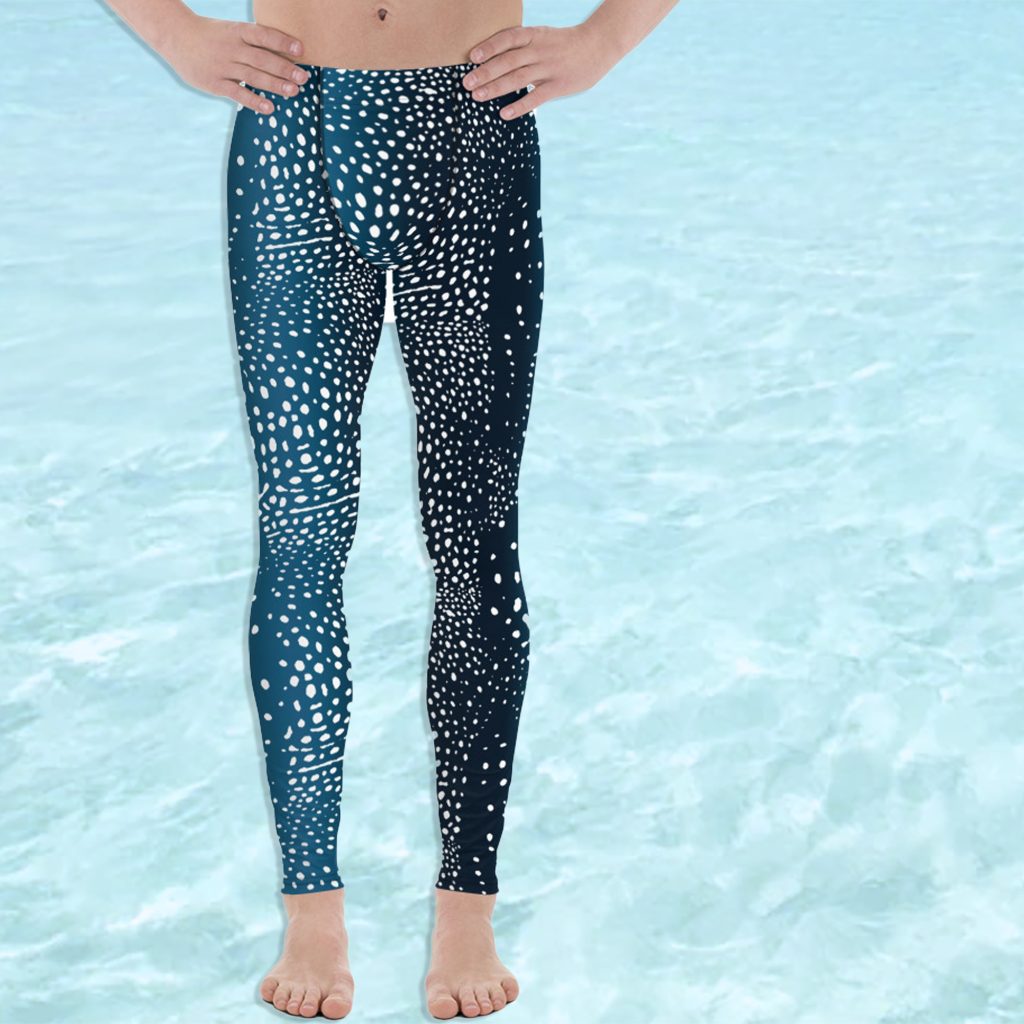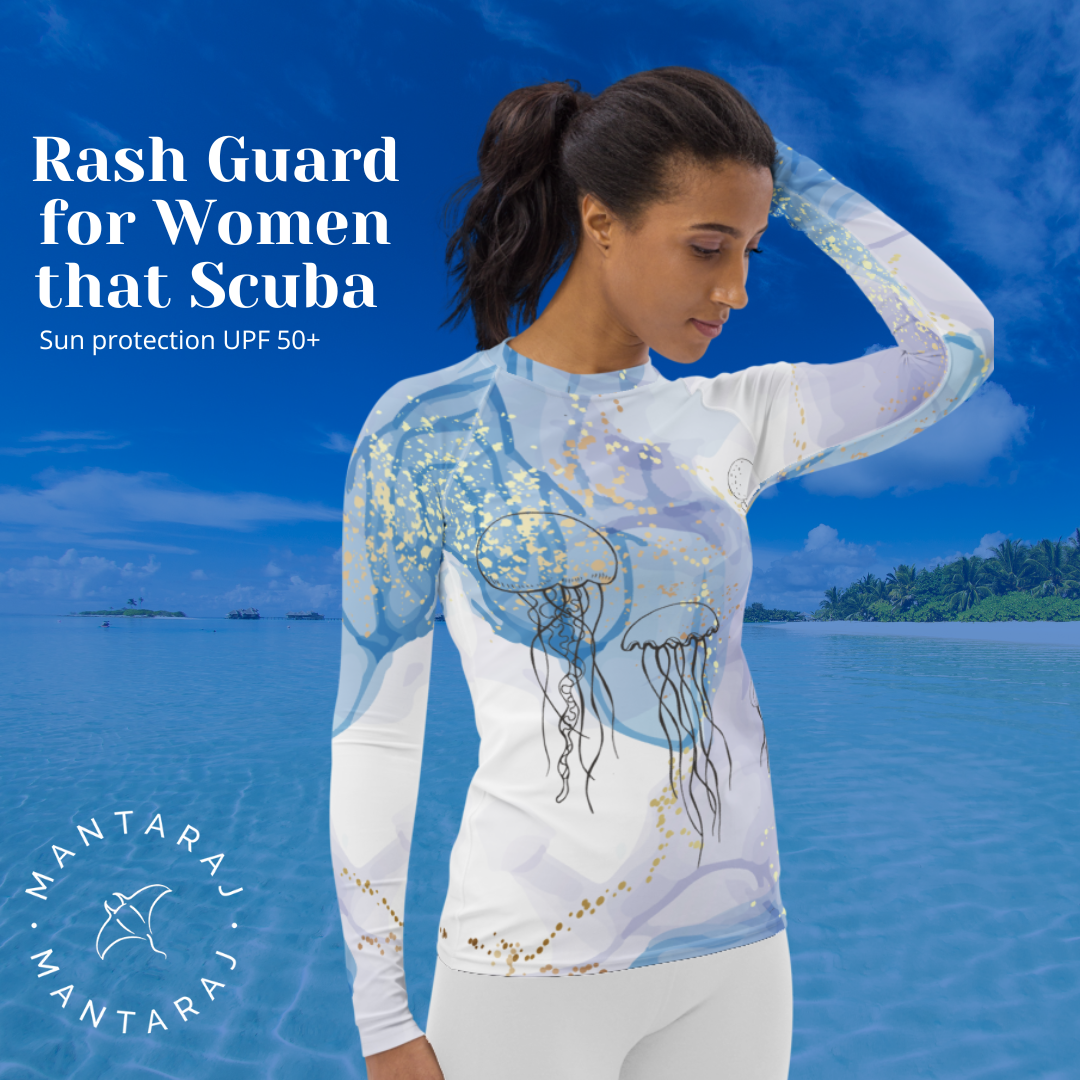When it comes to choosing the right attire for scuba diving, there are several options available to divers. Two popular choices are scuba diving leggings and dive skins. While both options serve a similar purpose, they have distinct features that cater to different preferences and diving conditions. In this article, we will explore the differences between scuba diving leggings and dive skins to help you make an informed decision about which option is right for you.
Scuba Diving leggings: Comfort and flexibility
Scuba diving leggings, also known as dive leggings or dive pants, are designed to provide divers with comfort and flexibility during their underwater adventures. These leggings are typically made from a blend of spandex and nylon, offering a snug yet stretchy fit. Here are some key features and benefits of scuba diving leggings:
- Protection from UV Rays: Diving leggings provide an extra layer of protection against harmful UV rays, helping to prevent sunburn and long-term skin damage.
- Thermal Insulation: In colder waters, scuba diving leggings can provide thermal insulation, keeping your legs warm and comfortable during extended dives.
- Enhanced Mobility: The stretchy nature of scuba diving leggings allows for a full range of motion, enabling divers to kick and maneuver easily underwater.
- Abrasion Resistance: Leggings made from durable materials can offer protection against minor scrapes and cuts that may occur during dives.
We recommend the scuba and surf appareal from Mantaraj.
Dive Skins: Streamlined and versatile
Dive skins, also referred to as rash guards or dive suits, are one-piece suits that provide a streamlined and versatile option for scuba diving. These suits are typically made from materials such as Lycra or neoprene and offer a second-skin-like fit. Let’s explore the features and advantages of dive skins:
- Sun and Jellyfish Protection: Dive skins offer excellent protection against the sun’s rays, minimizing the risk of sunburn. Additionally, they provide a barrier against jellyfish stings and other potential irritants.
- Quick-Drying and Lightweight: Dive skins are designed to dry quickly, making them ideal for multiple dives in a day. They are also lightweight, allowing for easy packing and travel.
- Good under wetsuit: Lycra is slippery which makes it really easy to slide in and out of a wetsuit, making the “donning” and “doffing” a ride in the park.
- Hydrodynamics: The tight fit of dive skins reduces drag in the water, making them a preferred choice for divers seeking enhanced hydrodynamics and reduced resistance.
- Layering Option: Dive skins can be worn as a standalone suit in warmer waters or as a base layer underneath wetsuits or drysuits in colder conditions, providing additional insulation.
Choosing the right option for you
Ultimately, the choice between scuba diving leggings and dive skins depends on your personal preferences and diving requirements. Consider the following factors when making your decision:
- Water Temperature: If you dive in warm waters, but tend to get cold at the end of the dive, scuba diving leggings may be the better choice due to their thermal insulation properties.
- Mobility: If freedom of movement is a top priority for you, scuba diving leggings offer greater flexibility and unrestricted motion.
- Sun Protection: Both scuba diving leggings and dive skins provide protection against UV rays.
- Versatility: Dive skins can be more versatile as they can be used in various water sports activities beyond scuba diving, such as snorkeling or surfing.
In conclusion, both scuba diving leggings and dive skins have their own advantages and suit different diving preferences and conditions. Assess your specific needs, consider the water temperature, and prioritize comfort and protection when making your decision.
Our favourite brand
We are happy to recommend our sponsor MANTARAJ for your next pair of scuba leggings. Inspired by the ocean they design comfortable active wear with sun protection for surfing, yoga, diving, swimming and fitness!



